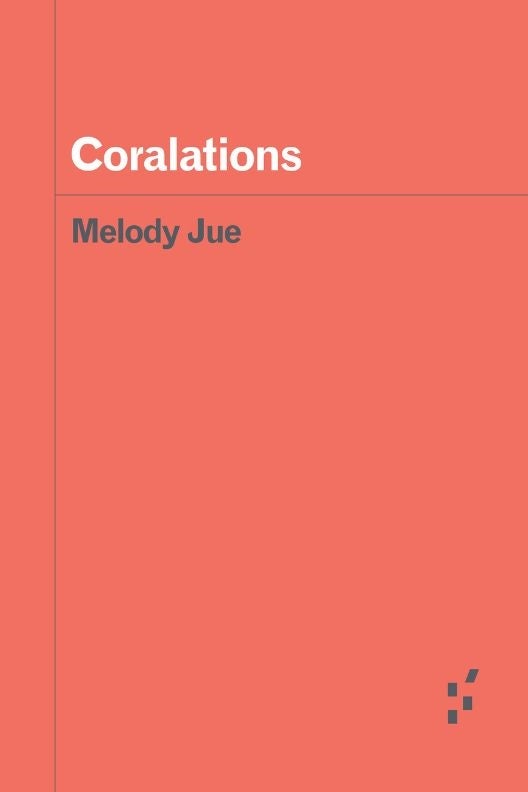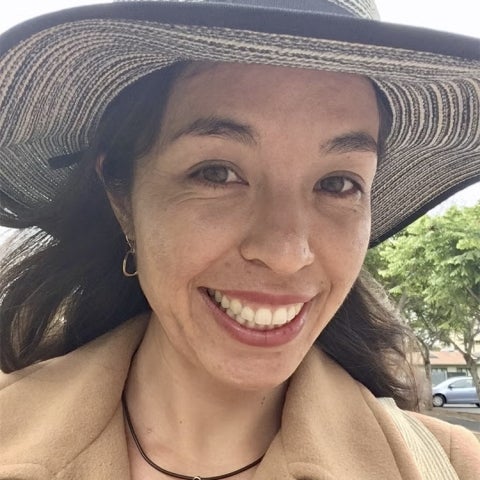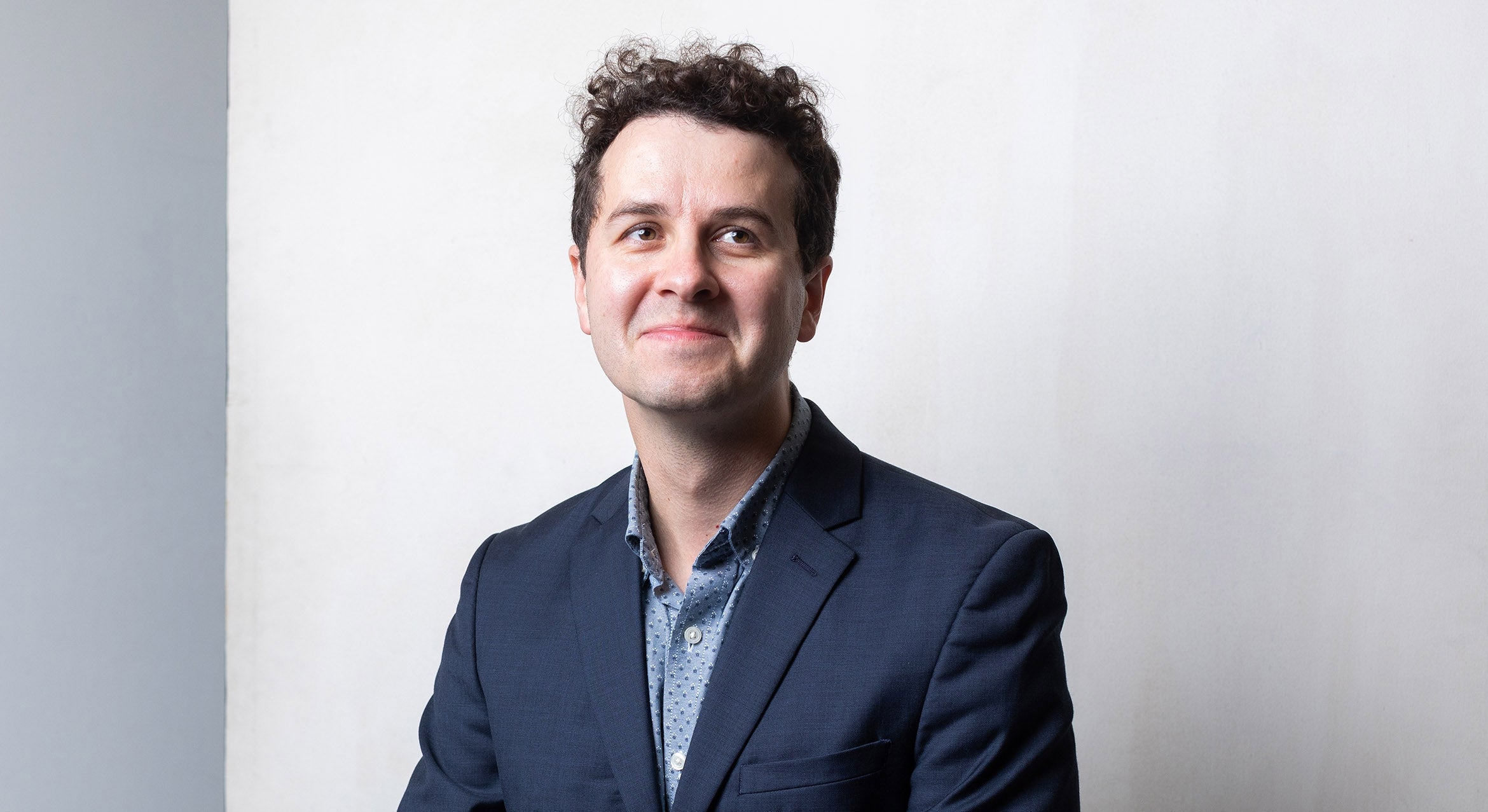Across the sciences and humanities, coral enjoys a certain colorful warm-water iconicity — at once a strange and formidable organism and a keystone habitat provider. Naturally, there’s much more to it than that.
In her newly released book of essays, “Coralations” (University of Minnesota Press, 2025), Melody Jue, an associate professor of English at UC Santa Barbara, deviates from the common corals to explore lesser-known varieties and the different narratives they can offer about climate change. At the same time, her analysis connects these otherworldly lifeforms to photography, visual art and science fiction.
By way of introduction, she asks, if we assume coral are “stony reef-builders” that grow colorfully as tropical colonies, “then what about soft corals, whose fleshy hydroskeletons bloom and deflate” with the swing of the tides?
For answers, The Current caught up with Jue to discuss the book’s inception and philosophical reach.
How did the book idea come about?
It started with an invitation to teach at a global studies and critical theory graduate seminar held by Duke University and the University of Bologna. The theme was “The Sea,” and I was trying to imagine a topic that would be just right for the three-day seminar. I had a lot of environmental humanities books about coral, and I organized those readings into a course. The lectures formed around coral architecture, corals and photography, and touch — and I ended every lecture with an example of a coral that broke the rules for each theme.
For example?
If corals are architects, then what about soft corals that have no skeleton? Or, if corals are light-sensitive like film, what about cold-water corals that don't have zooxanthellae (light-sensitive algal symbionts)?

In a way, the book began with questions about artforms or media forms, and then went to the question of coral diversity. The short version of the book is simply: different media analogies work better with different corals, and this should lead to new environmental narratives.
Talk more about how different media analogies can lead to new environmental narratives.
For example, if you don’t automatically see “coral” and think “oil extraction,” then that’s an opportunity to address an important convergence — a “coralation,” if you will — in the North Atlantic specific to certain cold-water species.
One of the questions I brought to “Coralations” was: Does the constant comparison of coral to books — that is, of coral as a climate archive — leave something out? And what would an effective storytelling campaign about soft corals look like? I don't answer this second question, but I hope my book is helpful for people who want to try.
Your earlier series, “Holding Sway,” inspired exploration of the diversity of seaweed. Do you think this book will lead readers to a deeper curiosity about coral?
I hope so. For me, both projects are less about championing biodiversity itself than exploring the question of environmental media. Environmental media can mean a lot of things, but I'm interested in tracking how people have made technologies, such as cameras, and later identified camera-like capabilities in elements of the environment, such as those found in light-sensitive leaves or seaweeds. Then I think about the cultural, historical and political context of how those analogies circulate.
What benefits can we gain from new perspectives on corals?
A lot of my work has to do with identifying norms in environmental narratives. Rather than repeating these norms, I try to open up possibilities for telling stories about the ocean differently. Part of this is goal-oriented — such as the renewal of public attention — but part of it is not. Rather, it's about constant, rigorous, ongoing examination of the conditions of objectivity.
As a philosophical exploration, what does the book bring to the table?
Concepts are different underwater. This thesis has a number of implications, not just in the sciences. One implication is that literary theory and philosophy don’t take place in a vacuum. Theorists are always drawing analogies to tables and chairs. They spend a lot of time indoors. They’re not always thinking about how their ideas translate into other environments, like the ocean.
In my first book, “Wild Blue Media: Thinking Through Seawater” (Duke University Press, 2020), I wrote about how the media concepts of the interface, inscription and database exhibit a terrestrial bias, and how thinking about them in the ocean changes their connotations. In “Coralations” I examine what has been correlated with coral — from the iconic color, to a sense of the tropics, to its reputation for symbiosis — and I look at situations where these things don’t work.
Specific corals can draw our attention to new correlations. For example, between the species Lophelia pertusa and the oil industry in Norway, or how Trinidadian photographer Nadia Huggins uses corals to challenge expectations of the gendered body underwater in these very interesting diptychs, which look totally science fictional.
For someone new to these ideas and this kind of work, what can they hope to take away from the book?
I hope those readers enjoy learning about weird corals, and also take something away about how to pay attention to media forms.
Anything you’d like to add?
There’s a fun chapter on optimization for anyone thinking about coral and AI. Also, the cover is intentionally the exact shade of Pantone’s “Living Coral” that I write about in the prologue. I wanted that color on the cover so that the reader would have to look underneath to get to all the other unusual corals and “coralations” that I write about in the text.




